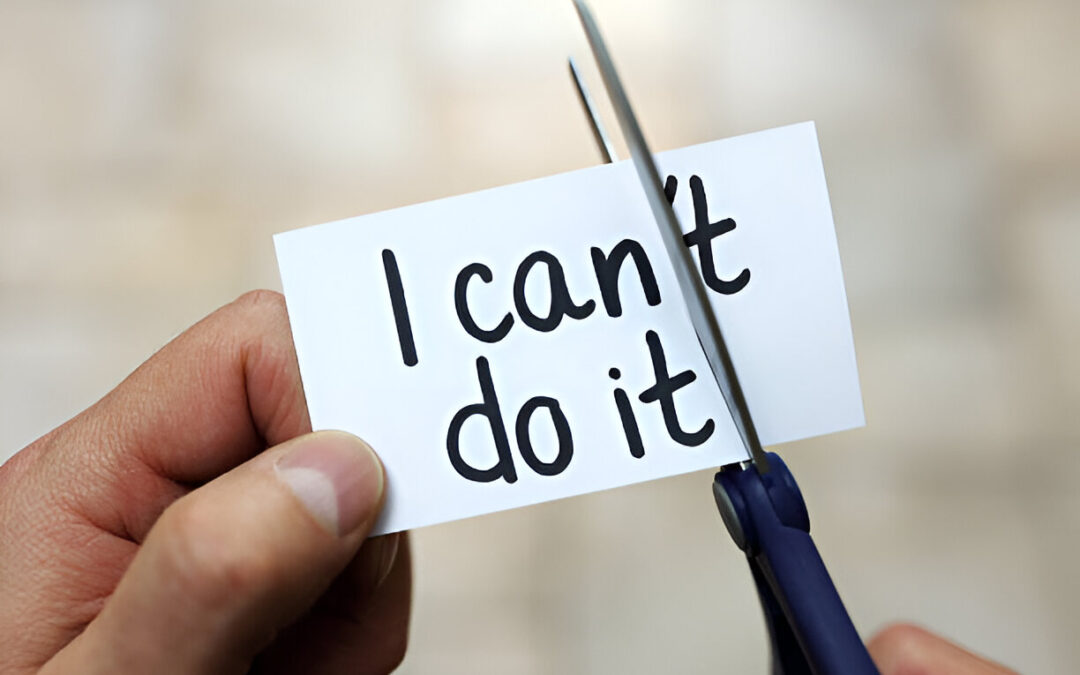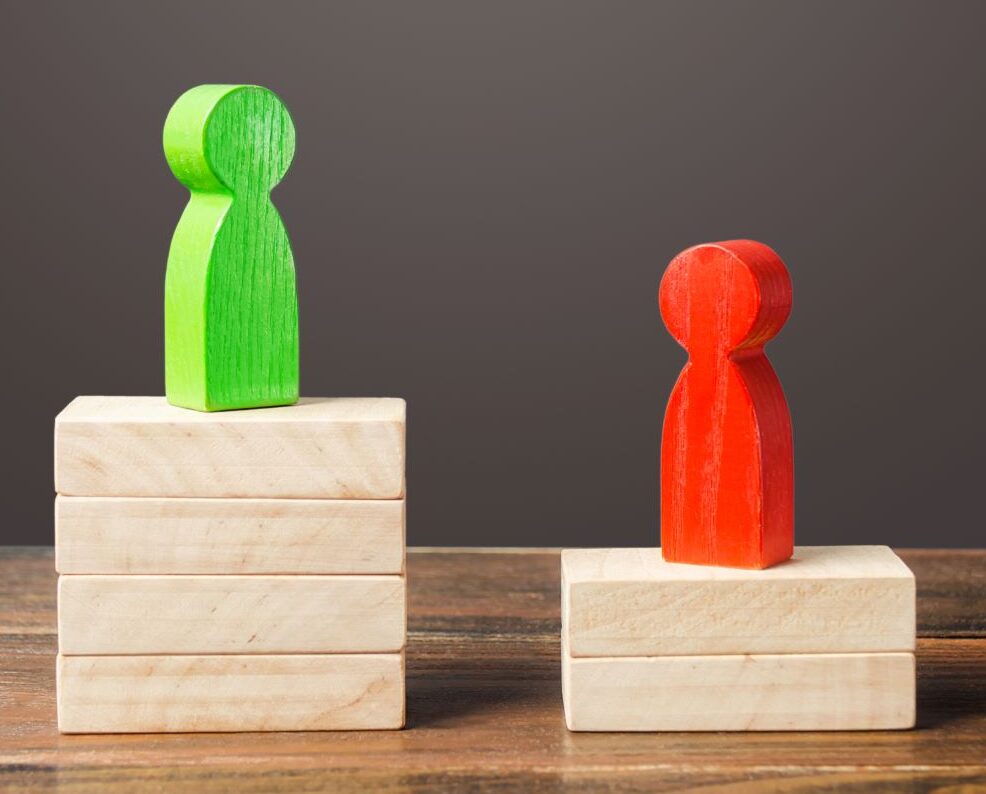The perennial question in business growth is whether to prioritize acquiring new clients or maintaining existing ones. Both are essential for long-term success, but in a world with limited resources and competing goals, where should you focus your efforts to expand faster? The answer is not always clear. This choice is affected by a number of things, including your industry, business model, current customers, and stage of growth.

Getting New Customers And The Excitement Of The Chase:
Acquiring new clients is indeed a primary catalyst for growth. It pertains to acquiring additional clients, expanding market share, and generating immediate profit. Acquiring a new client, finalizing a significant contract, or initiating a great marketing campaign can be highly exhilarating.
Marketing and advertising are common parts of acquisition strategies. They include reaching potential customers through several channels, such as email marketing, social media marketing, content marketing, public relations, and traditional advertising.
Sales outreach means actively looking for and talking to potential clients through cold calling, email outreach, networking events, and referrals.
Lead Generation: Getting the contact information of people who are interested in your product or service.
Sales Funnel Optimization: Making the sales process easier so that leads become paying clients.
The benefits of a strong acquisition strategy are clear:
- Fast revenue growth: Getting more customers means more sales right away.
- Expanded Market Share: Getting your brand in front of more people makes it more visible and present in the market.
- Building a brand: Successful acquisition efforts can make people talk about your brand and get the word out about it.
However, the acquisition also has its drawbacks:
- High Costs: Getting new consumers can cost a lot more than keeping the ones you already have. Costs for marketing and advertising, sales commissions, and onboarding can mount up quickly.
- Less Profitable at First: New clients may need more help and may not be as profitable as long-term customers.
- “Leaky Bucket” Syndrome: Getting new clients all the time but not keeping them is like pouring water into a bucket that leaks.
Acquisition is important, especially for small businesses, but relying only on it can be a costly and unsustainable way to develop.
The Power of Retention to Build a Loyal Customer Base:
Customer retention is the most important part of long-term, sustainable growth, but it’s easy to forget about while you’re excited about getting new customers. It’s about making strong connections with current customers, encouraging them to stay loyal, and getting them to do business with you again.
- Retention tactics usually include providing excellent customer service by quickly and effectively meeting consumer needs.
- Loyalty programs give discounts, special deals, or other benefits to customers who come back.
- Personalized Communication: Making your communication fit each customer’s needs and preferences.
- Building a community: Making your consumers feel like they are part of a community (for example, by having online forums, social media groups, or private events).
- Gathering and Using Input: Ask customers for input and use it to improve your products, services, and overall customer experience.
- Proactive Engagement involves calling consumers in advance to offer assistance, address potential issues, or simply check in with them.
The benefits of a strong retention strategy are compelling:
- Keeping current consumers is much cheaper than getting new ones.
- Customers who are loyal tend to spend more over time and are less sensitive to price.
- It’s important to know how much money a customer makes for your business throughout the course of their relationship with you. A higher CLTV (Increased Customer Lifetime Value) is a sign of long-term success.
- Customers who are happy with your business are more inclined to tell their friends about it, which can lead to lucrative referrals.
- Having a loyal customer base means you can count on a steady source of income, which makes it easier to prepare for the future.
However, retention also has its challenges:
- To keep customers coming back, you need to spend time and money improving customer service and establishing relationships.
- It’s challenging to figure out the actual numbers. The effects of retention efforts may not be as clear right away as the outcomes of acquisition activities.
- Retention is important for long-term success, but it might not bring in money as quickly as a strong acquisition campaign.
Every firm needs to find the correct combination by balancing things.
The optimal balance between acquisition and retention depends on several factors:
- Acquisition should be a top priority for startups and new firms that want to get their first customers. Companies that have been around for a while may start to focus more on keeping customers.
- Some industries lose customers more quickly than others; therefore, they need to focus more on getting new customers.
- For example, firms that charge for subscriptions depend on keeping customers for a long time to be profitable.
- A high CLTV means that keeping customers should be a top focus.
- A high CAC means that getting new clients is expensive; therefore, keeping the ones you already have may be a better way to expand.
- In marketplaces that are very full, getting new clients can be very hard and costly; therefore, keeping current ones is even more important.
The important thing is to discover the correct blend for your business. A balanced approach that combines focused acquisition efforts with a strong focus on keeping customers is often the best way to go. It’s not a simple yes or no answer; you need to carefully plan how to use your resources to get the best results for both short-term growth and long-term sustainability.
To make smart choices about this balance, you need to look at your CAC and CLTV on a regular basis. To succeed, your business must know its customers’ experiences and communicate with them regularly.
Retention Often Wins Because Of Its Long-Term Value
Acquisition might instantly increase sales, but retention usually gives you more value over time. Brand advocates are not simply loyal customers; they are also repeat buyers. They give useful feedback, send people to your business, and help your brand’s reputation. They are also more likely to be open to new products and less likely to switch to a competitor.
Bain & Company says that a 5% improvement in client retention can boost profitability by 25% to 95%. This number shows how much of a difference even a small increase in retention can make on the bottom line.
Also, a strong focus on keeping customers will help create a culture in your company that puts clients first. When workers are focused on making connections and giving great service, it sets off a cycle of good feedback that helps both customers and the business. In today’s competitive market, when customers have more options, this focus on the customer is becoming more and more vital.
Actionable Steps to Improve Customer Retention and Acquisition:
Here are five actionable steps you can implement immediately to improve both your customer acquisition and retention efforts:

1. Look at your customer data: Please take a close look at the data you already have on your customers. Find out who your most valuable customers are. These are the people with the highest Customer Lifetime Value (CLTV), the ones who buy the most often, and the ones who are most likely to leave if they don’t buy anything soon. This study can help you decide how to keep and get new customers. Split your customers into groups so you can send them messages and deals that are right for them.
2. Set up a system for customer feedback :Ask customers for input through reviews, surveys, and direct conversation. Use this input to find ways to make your products, services, and customer experience better. Answer feedback, whether good or bad, right away.
3.Set up a customer loyalty program: Give your regular customers special deals, discounts, or early access to new products. These kinds of benefits will make them want to keep doing business with you and make the world a better place for gratitude.
4. Make Your Communication More Personal: Please ensure that your marketing messaging and customer support interactions are tailored to each consumer’s specific needs and wants. Use data to divide your audience into groups and provide them material that is relevant to them. This kind of behavior shows that you care about each consumer as a person.
5. Make your onboarding better: Make sure that your onboarding process for new customers goes smoothly, that you help them, and that they have a wonderful time.
Final Thoughts:
Finding the correct balance between getting new customers and keeping old ones is what the customer acquisition vs. retention argument is all about. Acquisition drives short-term growth, while retention drives long-term growth and profitability.
You can boost your acquisition and retention efforts right now by following the methods above. This will start a cycle of growth and customer loyalty. Your current consumers are your most important asset, so keep that in mind. Take care of such relationships, and they will become your biggest supporters and a strong force for long-term progress.
Are you ready to improve the ways you get and keep customers? Set up a discovery call today to talk about how we can help you grow your business and get more customers.











